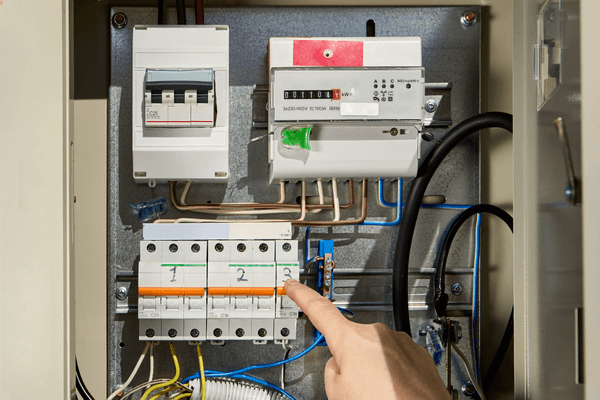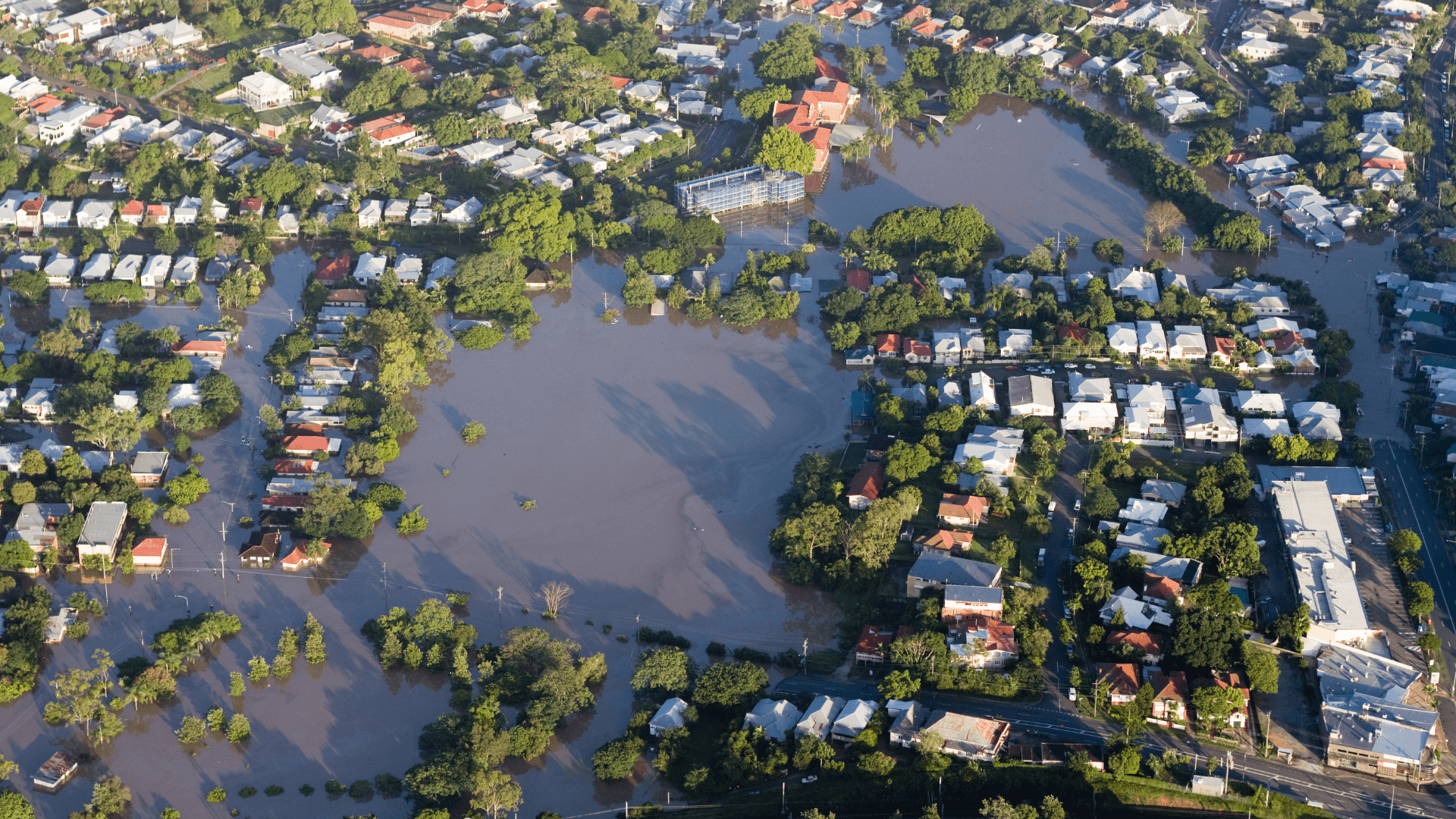Returning home after storms and floods
If you’ve been evacuated, returning home can be quite stressful, particularly if you’re coming home to significant damage to your property.
When severe weather damages the electricity network, your electricity distributor may disconnect your home for safety reasons.
- Have you been disconnected?If your property has been flooded or water damaged, DO NOT attempt to turn the power back on or touch the main switchboard, it could cause a serious electric shock.
- Contact your electricity distributorYour electricity distributor will provide information on how to get your electricity switched back on safely. Depending on where you live and the extent of the damage, you may need a licenced electrician to conduct a safety inspection.
- Do not attempt to DIYNo unlicenced person should attempt to do electrical work after flooding; it's illegal and dangerous.
what to watch out for
If your home is damaged by storms, hail, or floods, there are a few things to be extra cautious of.
Solar panels
Engage a solar-trained and licenced electrician to check your panels if you suspect hail or water damage. Left unchecked, damaged and cracked panels have the potential to spark fires or give electric shocks. You may be able to claim the repairs through your home insurance.
Keep in mind that solar panels will continue to produce electricity if they are exposed to light, even if your power has been switched off. Artificial light from emergency services flood lights or streetlights can also produce small amounts of electricity. Find out more about how to stay safe around solar panels.
Damaged electrical appliances
When it comes to damaged electrical appliances, the best approach is to unplug the faulty appliance and take it to an accredited repair store or dispose of the product. It’s not worth risking your life. A defective or damaged appliance can spark fires and deliver a nasty electric shock. Find out more about electrical appliances and Australian Safety Standards.
preparing for storms and floods
- Don't get stuck in the dark, have torches, batteries, and candles handy.
- Keep a hard copy of telephone numbers for family, friends, and local services.
- Keep USB power bank ready and charged.
- Prepare a battery-powered radio; note the local ABC radio frequency to keep updated with emergency broadcasts.
- Turn off your mobile when it’s not in use to conserve battery.
Install safety switches at home
Safety switches monitor the flow of electricity in your house. In the event of a short-circuit, an overload, or equipment failure, a safety switch will nearly instantly (within milliseconds) shut off power to the system or appliance in trouble. All homes in Australia should have safety switches installed.
Safety switches have a ‘Test’ or ‘T’ button on them. If there are no switches with ‘Test’ or ‘T’ buttons in your switchboard, there are no safety switches on the property – give your electrician a call to have them installed. Find out more about safety switches and how they work.
In an emergency
Call triple zero (000) immediately in a dangerous or life-threatening situation. Teach your kids, so they know what to do in an emergency.

